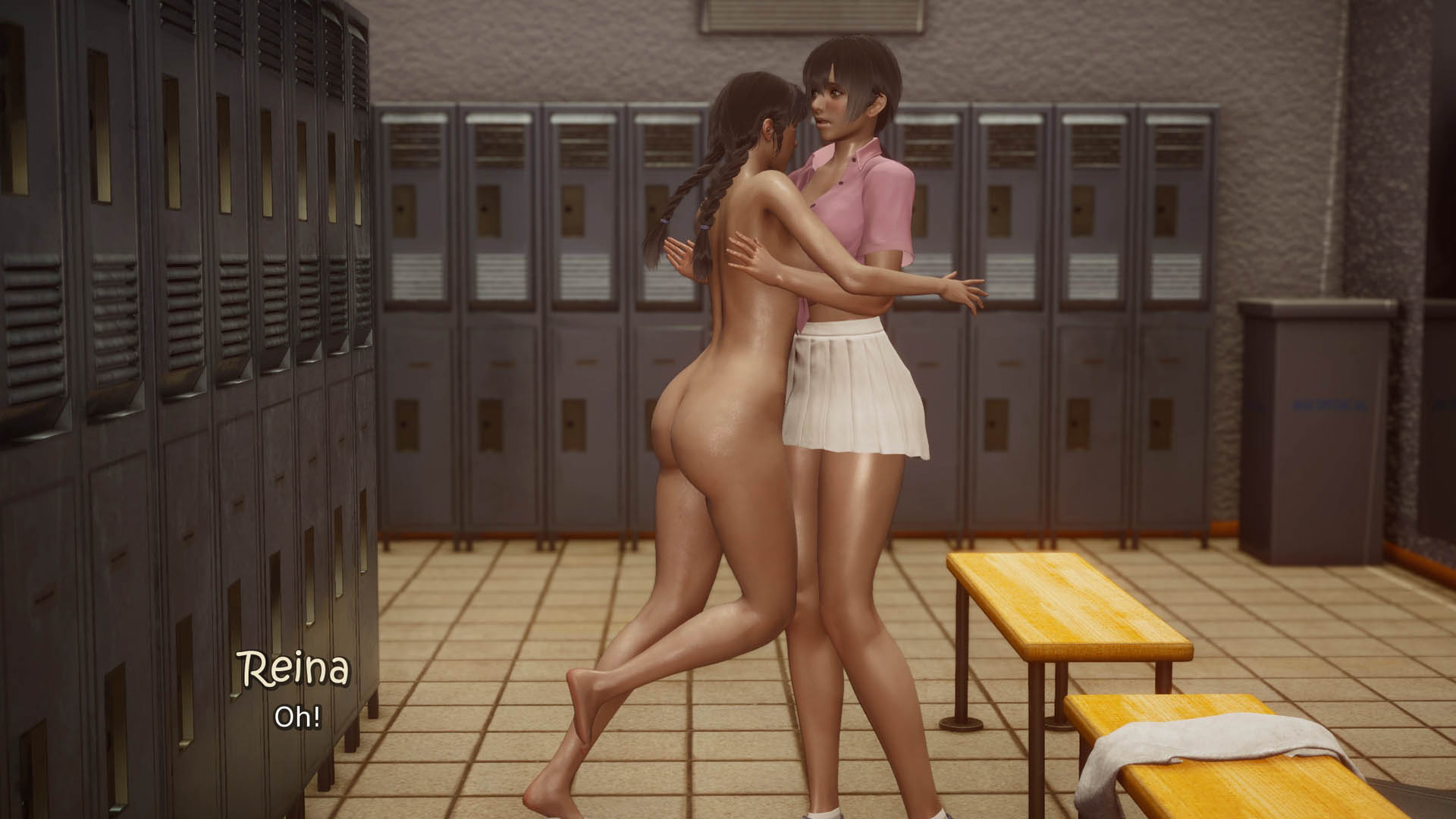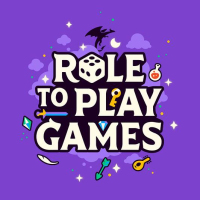Stephanie, a spirited tomboy grappling with bullying and self-doubt, navigates high school’s final days amid tangled relationships and burgeoning desires. This emotional coming-of-age visual novel dives deep into her internal struggles, exploring themes of identity, belonging, and resilience. With a slow-burn narrative and raw character development, Abnormal offers a poignant look at adolescence, blending introspective dialogue with subtle choices that shape her fate. Available for free, this indie project prioritizes heartfelt storytelling over gameplay mechanics—perfect for players seeking a meaningful, character-driven experience.
Storyline: Bullying, Identity, & the Weight of Expectations
1. The Girl Who Refused to Fit In
• Stephanie’s journey begins with relatable scenes of teenage angst—being mocked for her “masculine” interests, pressured to conform to societal norms, and grappling with feelings of isolation.
• Key moments include a flashback to her younger brother’s suicide, which fuels her determination to live authentically despite relentless bullying.
• Themes of self-worth and defiance are underscored through interactions with friends, family, and antagonists like the popular clique leader, Rachel, who symbolizes toxic perfectionism.
2. Friendships & Forbidden Desires
• Form unlikely alliances with characters like Marco, a quiet artist who helps Stephanie rediscover her creativity, or Jenna, a rebellious punk who challenges her views on masculinity and femininity.
• Subtle romantic undertones emerge, particularly with Marco, whose bond blossoms through shared struggles and late-night conversations about life’s meaning.
• Moral dilemmas force Stephanie to confront her biases—such as judging Marco’s sexuality or ignoring Jenna’s self-harm scars—testing her growth and empathy.
3. Climactic Confrontations & Revelations
• The game’s climax revolves around a school-wide protest against bullying, where Stephanie must publicly confront Rachel and her clique.
• Flashbacks and dream sequences reveal Stephanie’s subconscious fears and desires, culminating in a powerful choice: whether to prioritize revenge, redemption, or self-acceptance.
• Multiple endings reflect her growth, including staying true to herself, reconciling with old enemies, or sacrificing her happiness for others’ approval.
Gameplay: Emotion-Driven Narrative & Meaningful Choices
1. Branching Dialogue & Character Impact
• Over 50 dialogue options influence Stephanie’s relationships and ultimate fate. For example, comforting Marco during a panic attack can unlock his trust, while ignoring Jenna’s pain might lead to irreversible consequences.
• Choices aren’t always clear-cut—deciding whether to report Rachel’s bullying or handle it privately carries ethical weight and long-term repercussions.
• Non-linear storytelling allows players to revisit key scenes with new insights, deepening their connection to the characters.
2. Minimalist Mechanics & Atmosphere
• The game uses simple text-based interfaces and static illustrations to focus on emotional beats. Occasional soundscapes—like raindrops, laughter, or heartbeat sounds—enhance immersion during pivotal moments.
• Pacing is deliberate, mirroring Stephanie’s internal struggles. Players must wait for dialogue to unfold naturally, creating tension and anticipation.
• No combat or puzzles; progression relies solely on character development and relationship-building.
3. Themes & Symbolism
• Recurring motifs like Stephanie’s worn-out leather jacket (symbolizing her rejection of femininity) or the recurring dream of a burning house (representing her desire to escape her past) add depth to the narrative.
• Bullying themes are handled sensitively, avoiding clichés by showing how systemic oppression affects both victims and perpetrators.
• The title Abnormal itself is explored through Stephanie’s lens—questioning what makes someone “normal” and whether conformity is worth the cost.
Visual Style & Audio: Raw, Intimate, & Authentic
1. Aesthetic & Character Design
• Hand-drawn art styles emphasize emotional expression over realism. Stephanie’s design evolves subtly—from muted tones in earlier scenes to vibrant colors as she gains confidence.
• Supporting characters are stylized to reflect their personalities: Rachel’s polished appearance contrasts with Marco’s messy, artistic aesthetic.
• Limited animation (e.g., blushing faces, trembling hands) conveys emotions without distracting from the narrative.
2. Soundtrack & Voice Acting
• A haunting piano-driven soundtrack underscores Stephanie’s emotional journey, with tracks like “Frayed Edges” capturing her anxiety and “Ashes to Ashes” reflecting her grief.
• Voice acting is minimal but impactful, used sparingly for key scenes (e.g., Marco’s whispered confession or Rachel’s taunts).
• Ambient sounds like locker doors slamming, chalkboard scribbling, and distant sirens immerse players in the high school environment.
3. Accessibility & Inclusivity
• Options for adjustable text speed, font size, and colorblind-friendly palettes cater to diverse players.
• LGBTQ+ themes and inclusive character identities (e.g., Marco’s gay relationship) are portrayed with authenticity and respect.
• No paywalls or microtransactions; the game is free to download and play, with optional donations for future updates.
Why Play Abnormal?
• Deep Emotional Resonance: A story that tackles bullying, identity, and mental health with raw honesty, appealing to players seeking meaningful narratives.
• Character-Driven Experience: Branching choices and nuanced relationships make every playthrough unique, focusing on growth over gameplay mechanics.
• Authentic Indie Spirit: Created by a first-time developer as a labor of love, offering an unpolished but heartfelt glimpse into the creative process.
• Themes for Modern Audiences: Explores timeless questions of self-acceptance in a world obsessed with conformity, resonating with teens and adults alike.





















Preview: